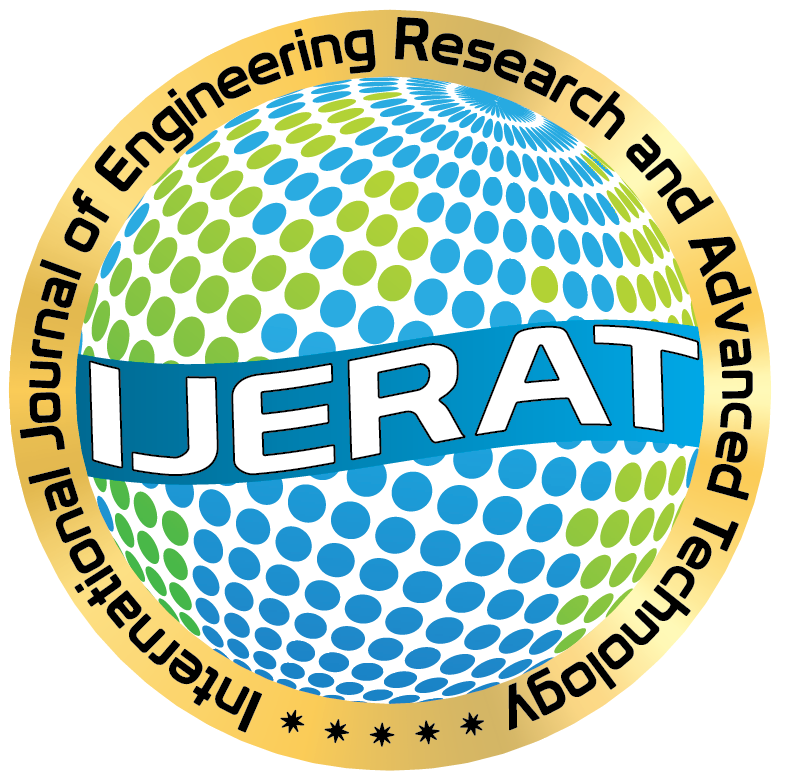Factors Affecting Improved Project Performance Using Lean Six Sigma Methods and Time Cost Trade Off for the Ammunition Warehouse Project of Indonesia
DOI:
https://doi.org/10.31695/IJERAT.2021.3698Keywords:
Warehouse Ammunition, , Lean Six Sigma, Time Cost Trade OffAbstract
Warehouse development in Indonesia has increased in 2013, data from the Ministry of Trade, in 2013 the number of warehouses in Indonesia is estimated to reach 9,300 units, up 18% from 2012, but the cost of building warehouses in Indonesia is relatively higher compared to some other countries. . A warehouse is a special, fixed facility designed to achieve the target service level with the lowest total cost. Warehouses are needed in the process of coordinating the distribution of goods, which arises as a result of an unbalanced supply and demand process. The lack of balance between the demand and supply processes encourages the emergence of inventory (inventory), inventory requires space as a temporary storage area known as a warehouse [1]. The main function of a warehouse is as a storage area for raw materials, intermediate goods, and a place for storing final goods. In the implementation of a construction project, the quality of work execution and the timing of the work are indicators of the success of a construction project. One of the aspects of quality and time is analyzed using the Lean Six Sigma method and Time Cost Trade Off. The purpose of this study is to analyze the factors that influence the improvement of the project performance based on Lean Six Sigma and Time Cost Trade Off in the ammunition warehouse project. The tool used to obtain 10 influencing factors is using SPSS (Statistical Package for the Social Sciens). The results of the study of 10 influencing factors are 1. Inadequate planning and scheduling, 2. Job-plan execution, 3. Delay in drawing preparation and approval, 4. Cost reduction, 5. Relationship between management and labor, 6. relationships within the design team, 7. Lack of skilled manpower, 8. Flexibility, 9. Errors during construction, 10. Inaccurate prediction of craftsmen production levels. Therefore it is obtained, the optimization of time performance and quality of work on this ammunition warehouse project.
References
Lambert, D. M., & Pohlen, T. L. (2001). Supply Chain Metrics. The International Journal of Logistics Management. https://doi.org/10.1108/09574090110806190.
Baijal, S., “A. Definitive View On Mumbai and Pune Warehousing Market, India Logistics & Warehousing Report.” in Knight Frank India., Mumbai. 2014.
Baijal, S., “A. Definitive View On Mumbai and Pune Warehousing Market, India Logistics & Warehousing Report.” in Knight Frank India., Mumbai. 2014.
Filipe, L. “Fact Based Policymaking: Developing and Consolidating the Network of Logistic Observatories” in The World Bank Logistic Workshop Conference., ILOS. 2012.Gaspers, 2007. (n.d.).
Xianghui, L. “The Impact of Logistics Costs on The Economic Development: The Case of Thailand,” Paper presented to First Thai-Chinese Strategic Research Seminar, Bangkok., pp. 24-26, August 2012.
Love, P. E. D., Mandal, P., Smith, J., & Heng, L. I. (2000). Modeling the dynamics of design error-induced rework in construction. Construction Management and Economics. https://doi.org/10.1080/014461900407374
Gaspersz, V. (2011). Lean Six Sigma For Manufacturing and Service Industries. Bogor: Vinchristo Publication.
Husin, A. E., Fahmi, F., Rahardjo, S., Siregar, I. P., & Kussumardianadewi, B. D. (2019). M-PERT and lean construction integration on steel construction work of warehouse buildings. International Journal of Engineering and Advanced Technology, 8(4), 696–702. https://doi.org/10.13140/RG.2.2.19873.66402
Gaspersz, Vincent, 2007. Lean Six Sigma For Manufacturing and Service Industries, Jakarta: PT. Gramedia Pustaka Utama.
Husin, A. E. (2019). Application of PERT and Six Sigma integration on building pile foundation. International Journal of Civil Engineering and Technology, 10(1), 307–314. https://doi.org/10.13140/RG.2.2.21691.26405
Knowles, G., Whicker, L., Femat, J. H., & Canales, F. D. C. (2005). A conceptual model for the application of Six Sigma methodologies to supply chain improvement. International Journal of Logistics Research and Applications. https://doi.org/10.1080/13675560500067459
Warman, 2012. (n.d.) Warman, John. (2012), Warehousing Management, Seventh Edition, Jakarta: PT Puka Sinar Harapan.
Stephens, M. P. (2020). Manufacturing Facilities Design & Material Handling. In Manufacturing Facilities Design & Material Handling. https://doi.org/10.2307/j.ctv15wxptd
Tompkins, J. A. (2003). Facilities Design. Second Edition. John Wiley & Sons,
New York.
Tompkins, et. al. 1996. Facilities Planning Second Edition. John Willey and Sons
Inc, New York.
Zwikael, O., & Globerson, S. (2006). From Critical Success Factors to Critical Success Processes. International Journal of Production Research. https://doi.org/10.1080/00207540500536921
Sujarweni, V. W. (2014). SPSS untuk Penelitian. In SPSS untuk Penelitian.
Suroso, A., Anggraeni, A. I., & Andriyansah. (2017). Optimizing SMEs’ business performance through human capital management. European Research Studies Journal. https://doi.org/10.35808/ersj/913
Alaghbari, W., Kadir, M. R. A., Salim, A., & Ernawati. (2007). The significant factors causing a delay of building construction projects in Malaysia. Engineering, Construction, and Architectural Management. https://doi.org/10.1108/09699980710731308
Laufer, A. (1990). Essentials of Project Planning: Owner’s Perspective. Journal of Management in Engineering. https://doi.org/10.1061/(asce)9742-597x(1990)6:2(162)
Arditi, D., Tokdemir, O. B., & Suh, K. (2002). Challenges in Line-of-Balance Scheduling. Journal of Construction Engineering and Management. https://doi.org/10.1061/(asce)0733-9364(2002)128:6(545)
Irdayani, I., & Hardjomuljadi, S. (2017). Construction in Pinrang District, Construction. https://doi.org/10.24853/jk.8.1.61-73
Downloads
Published
Issue
Section
License
Copyright (c) 2021 Eko Arif Budianto, Albert Eddy Husin

This work is licensed under a Creative Commons Attribution 4.0 International License.









